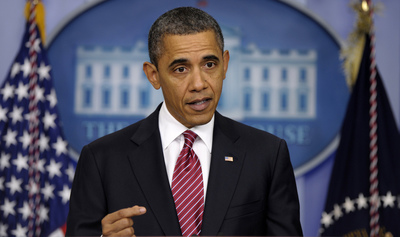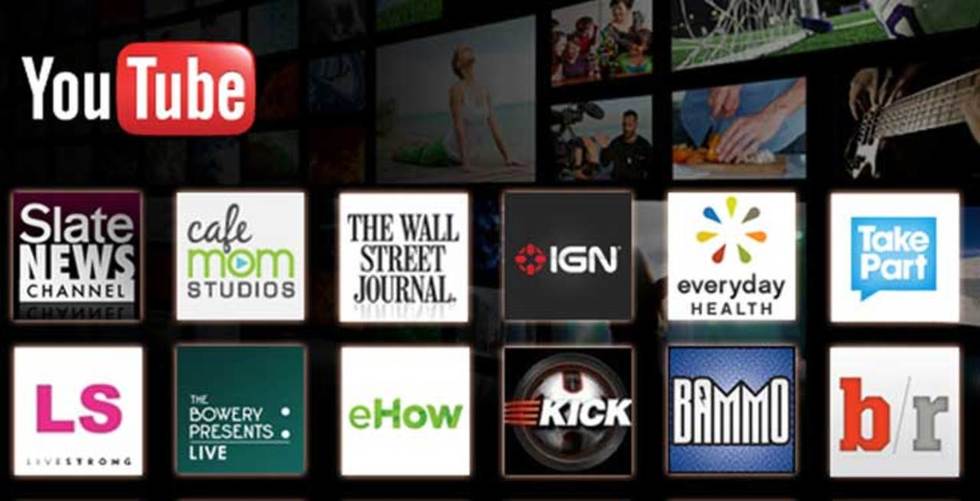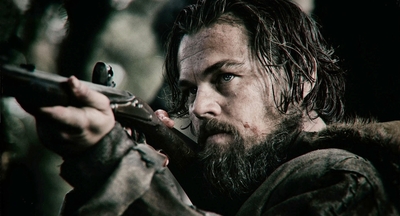
BY DOMINIC BASULTO |
Will YouTube Kill Cable?
As YouTube Original Channels continue to blur the line between online and TV programming, we have three tips from brands that want to stay on the cutting edge.

Editor's Note: That the Internet is providing new avenues of expression for filmmakers is not new. Now, YouTube is beginning to challenge traditional mass media outlets by funding original programming. This post is directed to "brands". Substitute "filmmakers" for brands and you will see why indies need to pay attention to this transformation as well.

What are the new YouTube Original Channels?
At the end of 2011, YouTube unveiled a new $100 million investment to create 100 branded video channels in five different verticals (sports, music, news & education, lifestyle, pop culture). Many of the new channels are produced in collaboration with A-list talent such as Madonna and Deepak Chopra. As more viewers defect from traditional cable, Google is positioning their new web channels as an alternative to cable teleivison programming for both audiences and advertisers.
Why is this a big deal?
The YouTube Original Channels further blur the line between online and television programming. YouTube, which served up 1 trillion video views in 2011 and is responsible for 4 billion videos watched per day, now has a large enough audience to support the creation of speciality, niche-based channels. From the perspective of the viewer, there will soon no longer be any differentiation between a show produced for cable and a show produced for the Web. Instead of paying a monthly fee to their cable provider, most users will prefer to watch YouTube for free.
How does this change the playing field for video?
The new YouTube Original Channels will lead to an entirely new way that people consume video content. Instead of tuning in to a particular network for a particular show at a particular time on their TV, viewers will simply visit the websites of their favorite YouTube channels on any Internet-connected device and watch shows on-demand. Google plans to integrate Google+ and Google Search into the YouTube experience, in an effort to capture the “second screen” of YouTube viewers.
Next steps: Keeping in mind that many of the YouTube Original Channels will premiere later in 2012, BOND recommends the following three steps for brands:
(1) Widen your influencer outreach to include talent on YouTube. In launching its new YouTube channels, Google specifically reached out to a mix of well-known entertainers, professional athletes, media personalities and YouTube celebrities (e.g. The Angry Orange, beauty expert Michelle Phan) to create new content. The role of these individuals as tastemakers and influencers will only increase as YouTube becomes a true cable TV alternative. By partnering with YouTube influencers, your brand can maximize the chances of being found in Google search and being mentioned within the Google+ social network.
(2) Start creating video content as scripted episodes for 15-minute and 30-minute playlists, rather than as 2-minute clips. One of the truisms of the Internet world was that nobody watched video content longer than 2:00 in length. The video content that tended to go viral was short, pithy content that could be quickly and easily consumed. Google is hoping to change this mindset entirely by encouraging people to think of YouTube as the home of professionally-produced shows. Video channels such as Red Bull (with 360,000 subscribers) are at the forefront of combining short-form viral content with episodes of original shows that can be watched in 15- and 30-minute blocks.
(3) Use YouTube to premiere new products or host live events and integrate them with the “second screen.” The one thing that TV has always done better than the Web is provide a live-viewing experience. With that in mind, several of the new YouTube Original Channels will feature live premieres and live performances. Since these events are being viewed online, they offer a perfect complement to “second screen” experiences, such as Twitter. For example, The Bowery Presents channel will showcase “must-see” live performances from lower Manhattan, the Motor Trend channel will feature product premieres of new automobiles, and different sports channels will feature live event coverage (e.g. skateboarding, surfing).
Conclusion
The blurring of the line between “TV” and “Internet” will continue, especially as YouTube competitors such as Netflix continue to experiment with original programming that is streamed over the Internet. Going forward, one wildcard will be whether Google TV— Google’s much-hyped offering that combines TV, the Internet and apps - gains traction in 2012 with consumers. On any Google TV set, Google will be able to highlight YouTube channel offerings side-by-side with traditional cable offerings, further encouraging users to migrate to YouTube from cable TV.
Originally Posted on bondinfluence.com.

